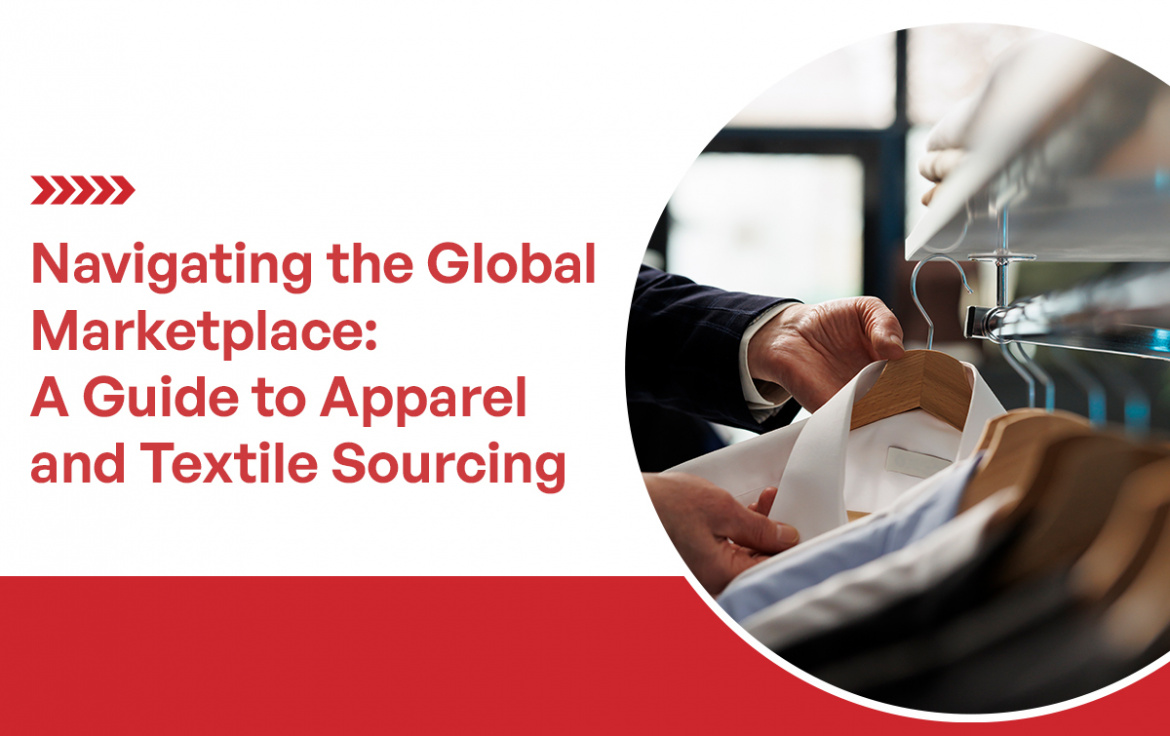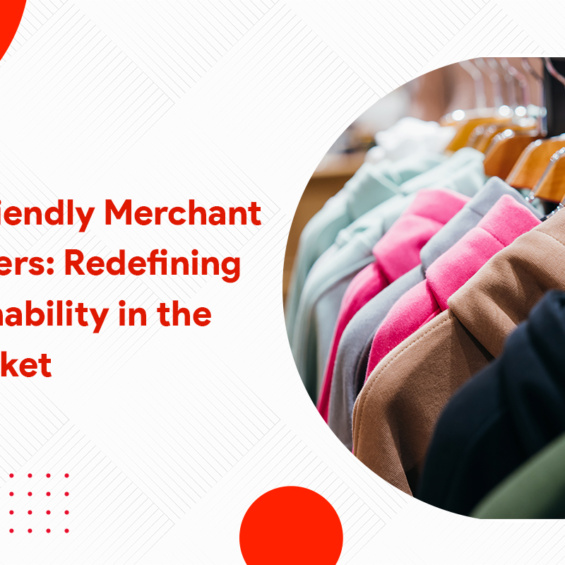Navigating the Global Marketplace: A Guide to Apparel and Textile Sourcing
The fashion industry relies on apparel and textile sourcing since it links manufacturers, designers, and customers worldwide. As the global market grows highly interconnected, efficient and intelligent sourcing becomes vital for meeting customers’ requirements, remaining competitive, and analyze market trends.
In this blog, we will discuss apparel and textile sourcing strategies, challenges, and solutions in the global market.
Fundamentals of Apparel and Textile Sourcing
Apparel and textile sourcing is the systematic procedure of locating, purchasing, and managing materials, textiles, and final garments to meet the fashion industry’s expectations. This is vital to ensure the accessibility of clothing and materials that fulfill quality standards, pricing, and design requirements.
Apparel and textile sourcing entails vital decisions on several aspects of purchasing materials and goods, influencing manufacturing efficiency, cost-effectiveness, and the ability to respond to market trends.
Key Strategies and Trends of Apparel Sourcing
Staying updated on the latest trends and strategies in the ever-evolving world of apparel sourcing is critical. Here are the significant strategies and trends that you must consider.
1. Diverse Sourcing Methods
The fashion industry is diversifying its apparel sourcing methods, which include a variety of models from nearshoring to offshoring, with choices aligned with cost efficiency, quality, and lead time considerations.
2. Proximity Sourcing
A growing concept, proximity sourcing stresses the appeal of sourcing materials and goods closer to target customers. It owes transportation costs and shortens lead times, allowing for faster market responses.
3. Ethical and Sustainable Sourcing
Brands increasingly embrace eco-friendly and ethical sourcing strategies. This involves using eco-friendly products, ethical labour practices, and initiatives to limit carbon emissions.
4. Technology Integration
The fashion industry is increasingly adopting technology to enhance apparel sourcing efficiency. AI and data analytics are powerful tools for making data-driven choices, streamlining sourcing processes, and mitigating risk.
5. Collaborative Supply Chains
Brands, manufacturers, and suppliers highly collaborate. Transparent communication and information sharing promote better decision-making and supply chain agility and responsiveness.
6. Strong Supply Chain
Global disruptions like the COVID-19 epidemic have highlighted the importance of robust supply chains. To avoid risks and assure a constant supply of materials and goods, brands are broadening their supplier base and embracing flexibility.
Successful brands in this dynamic business maintain quality and ethical sourcing practices while remaining aware of customer preferences, market dynamics, and the evolving world of sustainability.
7 Common Challenges and Solutions of Apparel Sourcing
Let’s explore the common challenges and advanced solutions that help you in improving apparel and textile sourcing.
1. Global Disruption
Global disruption has revealed supply chain vulnerabilities, resulting in production delays and uncertainty. To avoid risks, brands embrace robust supply chains by diversifying their supplier base and implementing flexible sourcing strategies.
2. Quality Assurance
Maintaining consistent product quality can take time, especially when sourcing from multiple regions. Use advanced technology such as data analytics and real-time monitoring to provide quality control throughout the sourcing process.
3. Sourcing Ethical Criteria
Meeting ethical standards and ensuring fair labour practices in sourcing can take time, especially in countries with minimal rules. To satisfy consumer expectations, brands are cooperating with honest certifying agencies, conducting audits, and instituting strict ethical sourcing criteria.
4. Sustainability Goals
Meeting sustainability goals while procuring materials can be complex due to limited eco-friendly options and higher costs. To keep up with eco-friendly trends, brands invest in sustainable materials, recycling efforts, and green sourcing procedures.
5. Cost Constraints
A perpetual challenge with sourcing is balancing cost-efficiency with quality. To reduce costs, brands are streamlining procedures, negotiating favourable contracts, and embracing technology for effective procurement.
6. Transparency and Traceability
Ensuring supply chain traceability and transparency is becoming highly important, particularly for brands focusing on ethical and sustainable sourcing. Brands use blockchain technology and supply chain management software to improve transparency and traceability.
7. Flexible Sourcing
Previously, static sourcing techniques constantly catered to meet changing consumer needs. Brands adopt agile sourcing methods that allow quick adaptation and reaction to remain competitive in a volatile market.
Adapting to the changing landscape and adopting flexibility in apparel and textile sourcing is vital to overcoming these challenges and maintaining brand success in the competitive world.
Also Read : How Can Clothing Production Guarantee Quality Assurance?
Developing a Resilient Fashion World: Apparel and Textile Sourcing in the Modern Era
The apparel and textile sourcing industry is known for its dynamic approaches, which offer both opportunities and drawbacks in equal measure. The industry is not only tackling these challenges but also building a sustainable and responsible future for sourcing, one that matches customer requirements and market trends via resilience, innovation, and ethical standards.
Open the doors of the global fashion industry and embrace opportunities for success. Contact Sarogi Super Sales to explore apparel and textile sourcing strategies and trends.
Frequently Asked Questions:
What is the concept of a global marketplace?
What is the best way to reach a global market?
What are the benefits of working in the global markets?
What are the factors affecting the global marketplace?
What is one of the key factors in selecting global markets?
Specializing in sourcing and exporting
a wide range of garments and apparel







